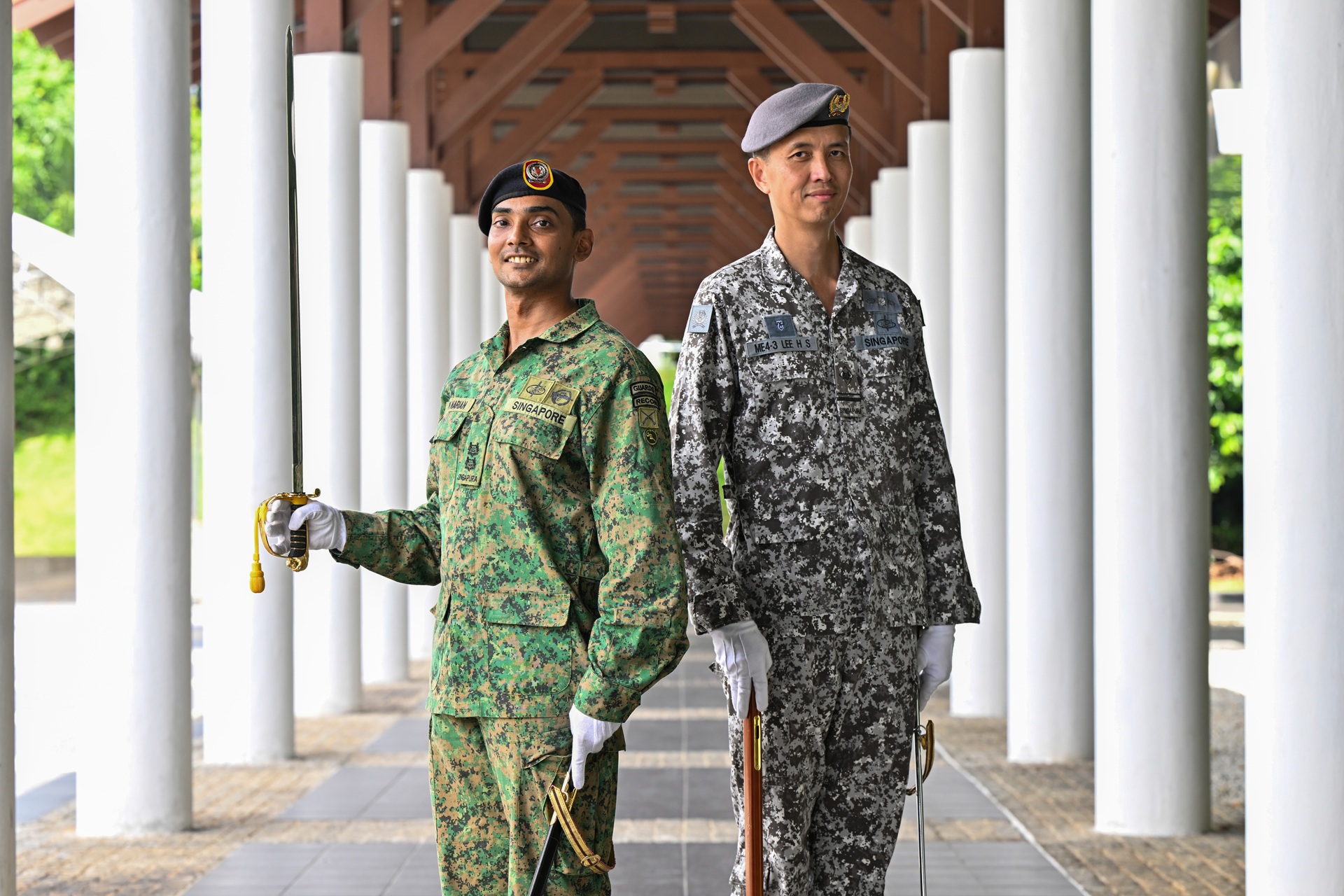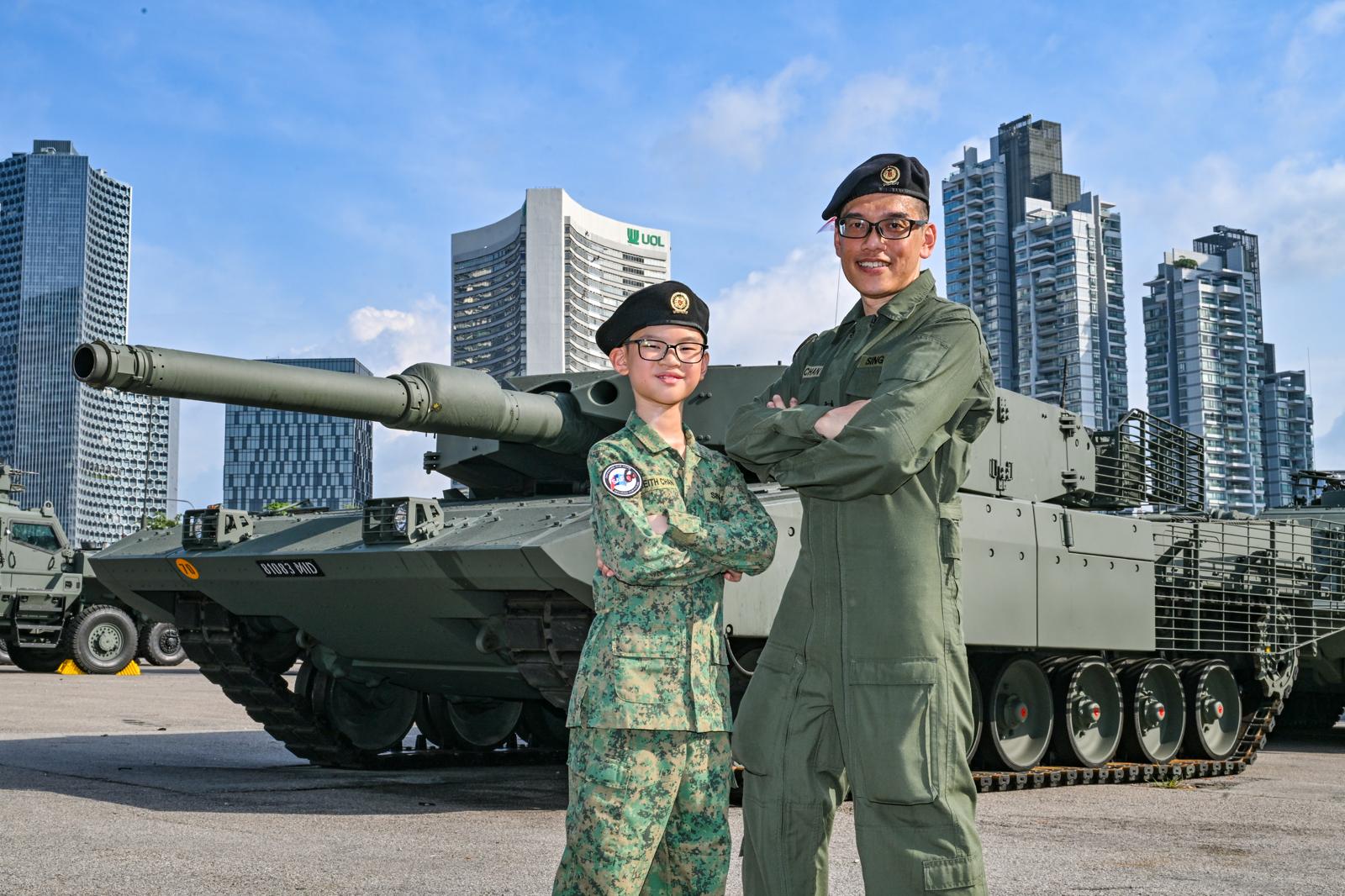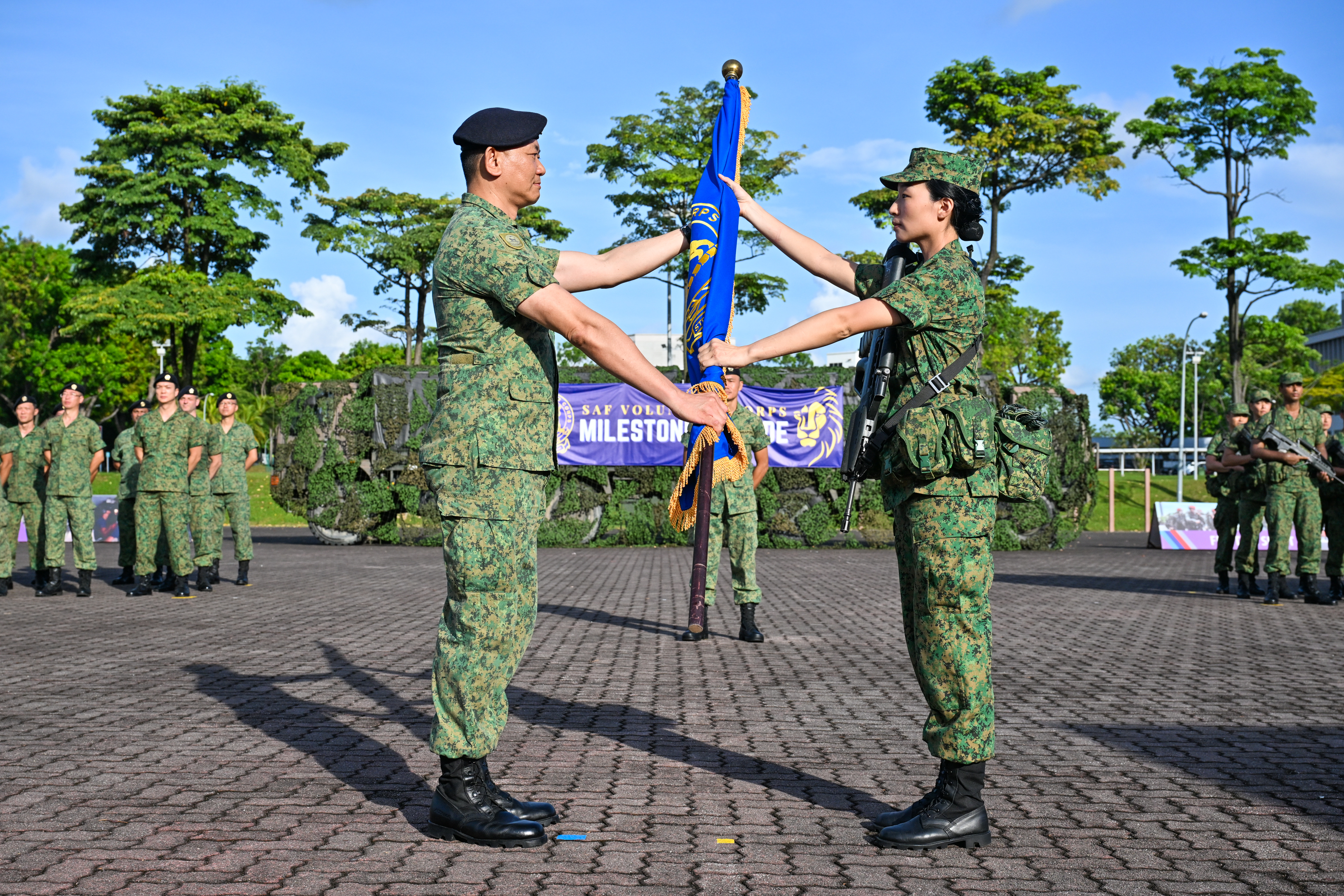FOR A SPEEDY RECOVERY
PHOTO // Chua Soon Lye and courtesy of Singapore Army
Like superheroes, they usually appear in plain sight only when something goes wrong. In this third article of a six-part series on lesser-known vocations, meet the "paramedics" of the Singapore Armed Forces' (SAF's) vehicles, also known as the automotive specialist technicians.
Remember the mobile column at this year's National Day Parade (NDP) where sturdy tanks and flashy vehicles rumbled down from the Padang to the heartlands? Imagine the mayhem if just one vehicle in the column had broken down. But have no fear... recovery specialists were just around the corner, ready to spring into action to recover any broken-down vehicle within minutes.
Unseen by the public most of the time, these technicians are always behind the scenes at any event involving SAF vehicles, be it open houses or local and overseas training exercises and operations, said Military Expert (ME) 4 Bryan Tan, a Depot Commander at 1st Army Maintenance Base (1AMB).
He explained the roles of the technicians: "Some recovery specialists maintain wheeled vehicles like the tonners (trucks) and land rovers, while others maintain tracked vehicles like the tanks.
"Besides vehicle maintenance, they perform standby duties, where they can be activated to recover any SAF vehicle that breaks down around the island or becomes bogged down in training areas."
Just hook and tow? Not quite
For these technicians to recover a vehicle, they need to not only know how to operate the recovery vehicle, but be trained to operate the "casualty" vehicle as well.
As the SAF employs a wide range of vehicles, the technicians are trained to recover common platforms such as land rovers and tonners, but vehicles like the Terrex Infantry Carrier Vehicle and the Leopard 2A4 Main Battle Tank require specialised training.
Said Master Technician Trainer (MTT) ME2 Melvin Lao, a technician trained in maintaining and recovering Leopard tanks: "People have this misconception that we have a simple job, but that's because they don't understand that different reasons for a breakdown at different locations require different recovery responses.
"Every recovery operation is different, and we have to assess each situation. For example, we study the environment to determine if the ground is hard or soft, and we also need to calculate the gradient of the ground," he added. "This ensures the smooth recovery of the vehicle, and prevents equipment from being damaged during the process."
Besides the technical aspects of the job, safety is of paramount importance to these technicians, as ME2 Mohamed Yazid, an MTT from 9AMB, emphasised: "Whenever we operate the crane to lift a vehicle, or when we use the winch cables, we always mark out a safety distance to ensure the safety of our crew and bystanders."
A recovery crew comes to the rescue of a broken-down Bionix IFV. With a Bionix Recovery Vehicle, the technicians tow the "casualty" Bionix back to the maintenance base for repair.
Making vehicles accident-free
When asked about their most challenging experiences at work, these technicians had their fair share of stories to tell.
ME2 Yazid recalled: "Once, a recce jeep was bogged down and half the vehicle was stuck in mud. We had to use spades to shovel the mud away in order to have access to the tow eye of the vehicle, hook our tow cable to it, and pull the vehicle out."
ME2 Tang Chun Hoong, who is a wheeled vehicle MTT from 9AMB, even had to perform crowd control during one recovery operation. "A 5-tonne vehicle had turned on its side, and there was a lot of investigation going on because everyone wanted to find out what had happened.
"Before we could tow the vehicle back to our base, we had to cordon off the area, and then explain to the investigators to observe the safety distance in order for us to do our job effectively. It was tough doing that because the whole situation was just chaotic."
He added: "Not all recovery operations are scenarios from textbooks. We often have to adapt to different situations to pull the 'casualty' vehicle out safely... Fortunately, the techniques we learnt at the Ordnance Engineering and Training Institute help us to apply different strategies in various situations."
In spite of certain risks they face and the unenviable task of getting their hands dirty, these men feel appreciated and they take pride in knowing they contribute to the safety of men and women in the SAF.
Tracked vehicle technician ME1 Jaganathan from 1AMB said: "Sometimes after we recover a vehicle for the combatants, the commander of the combat unit will give us a pat on our backs and say we did a good job."
On the most tangible reward of his job, ME2 Yazid said: "While we can't predict when accidents will happen, we can reduce the possibility of them happening. I feel satisfied in knowing that SAF personnel can have safe vehicles to drive because we maintain them well, and if things go wrong, we have the ability to recover the vehicles fast."
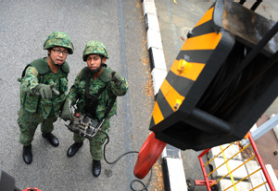
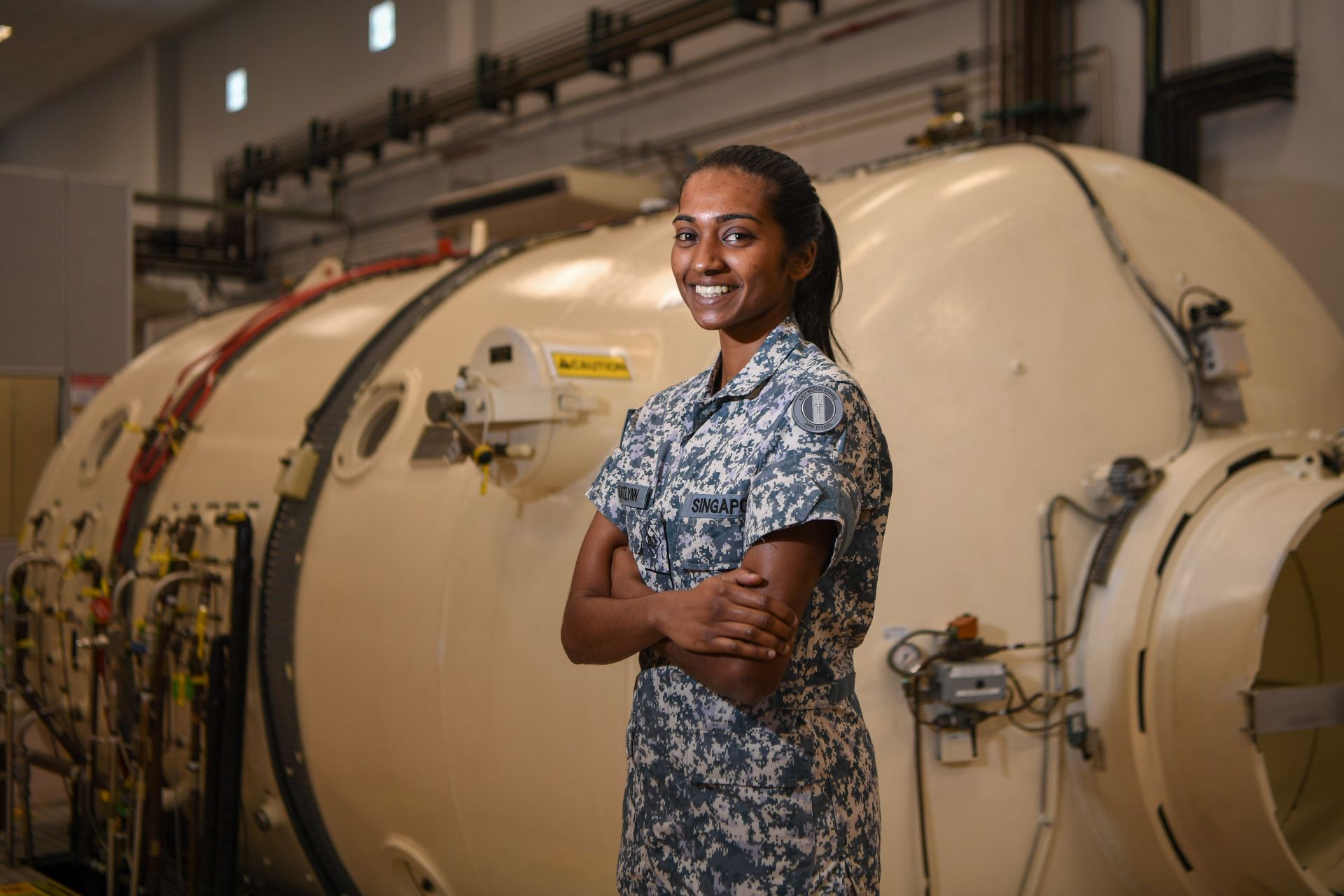
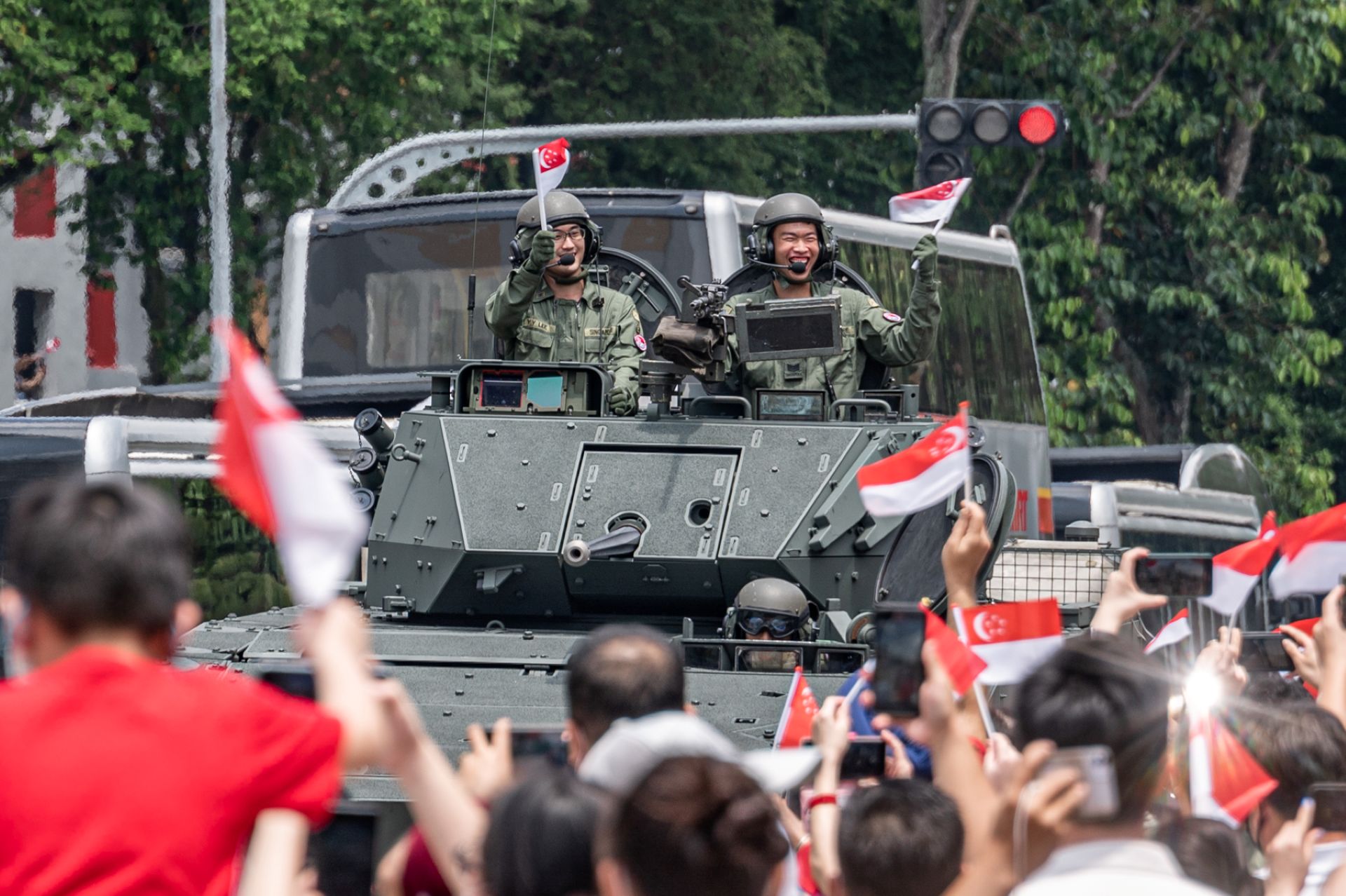
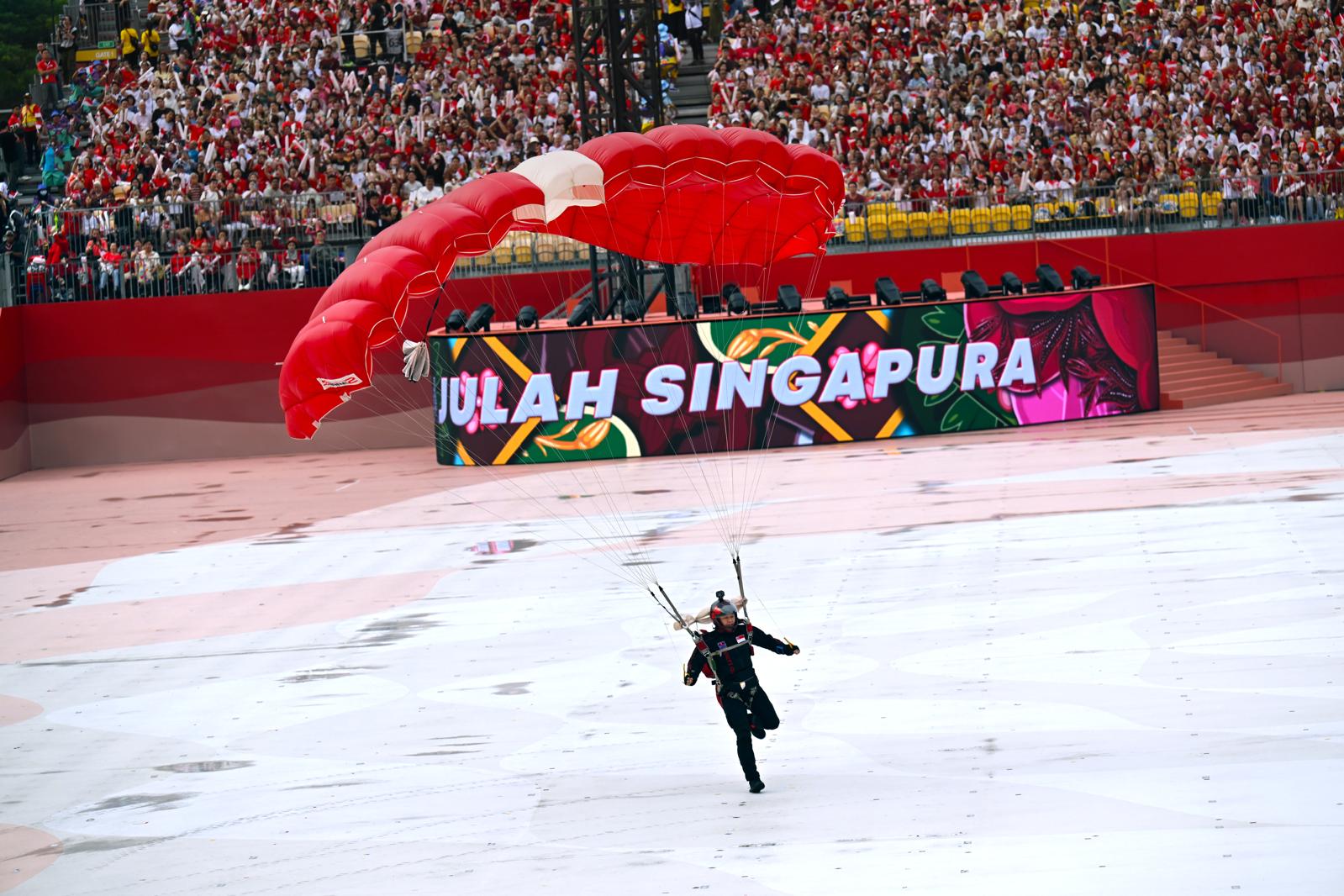
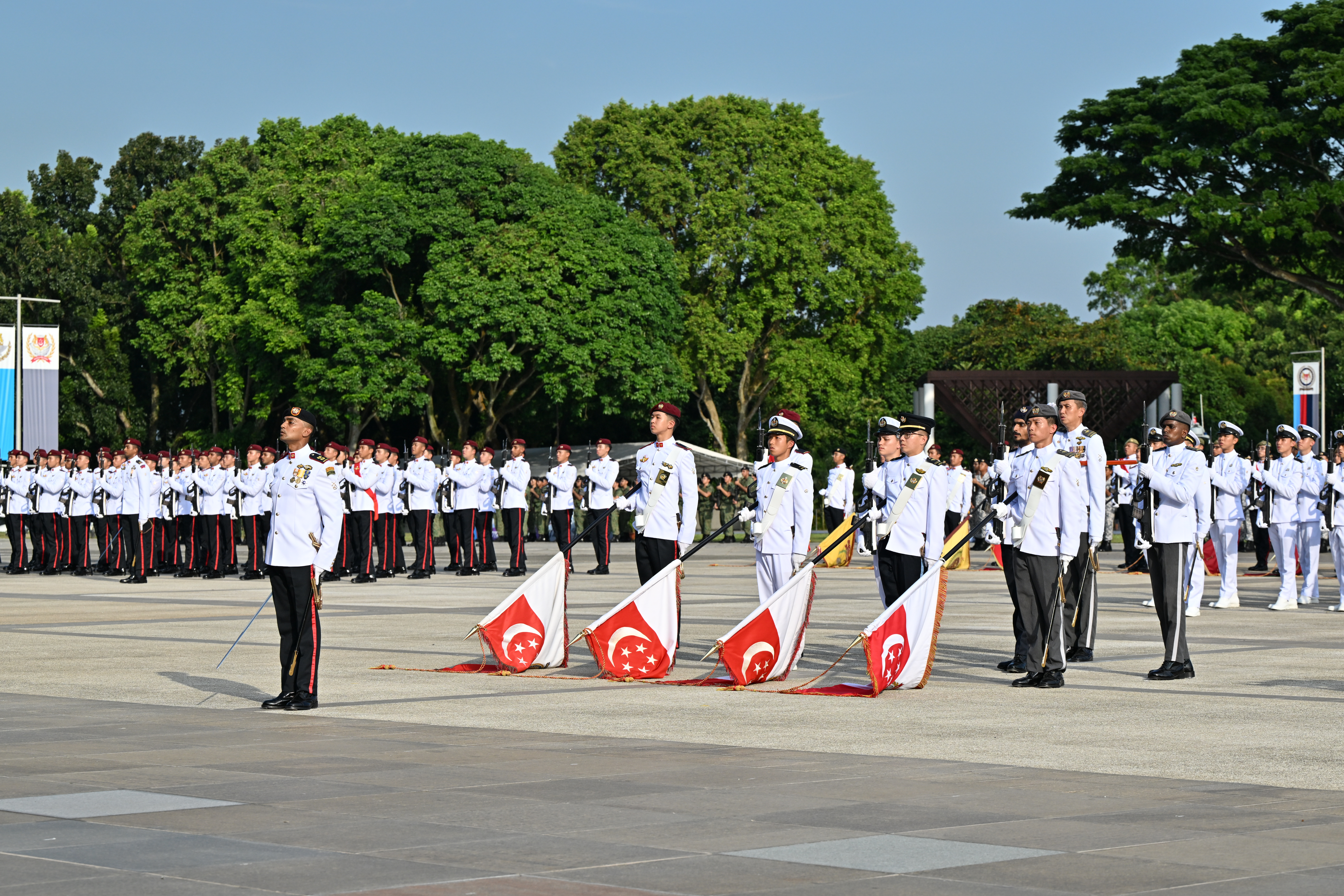
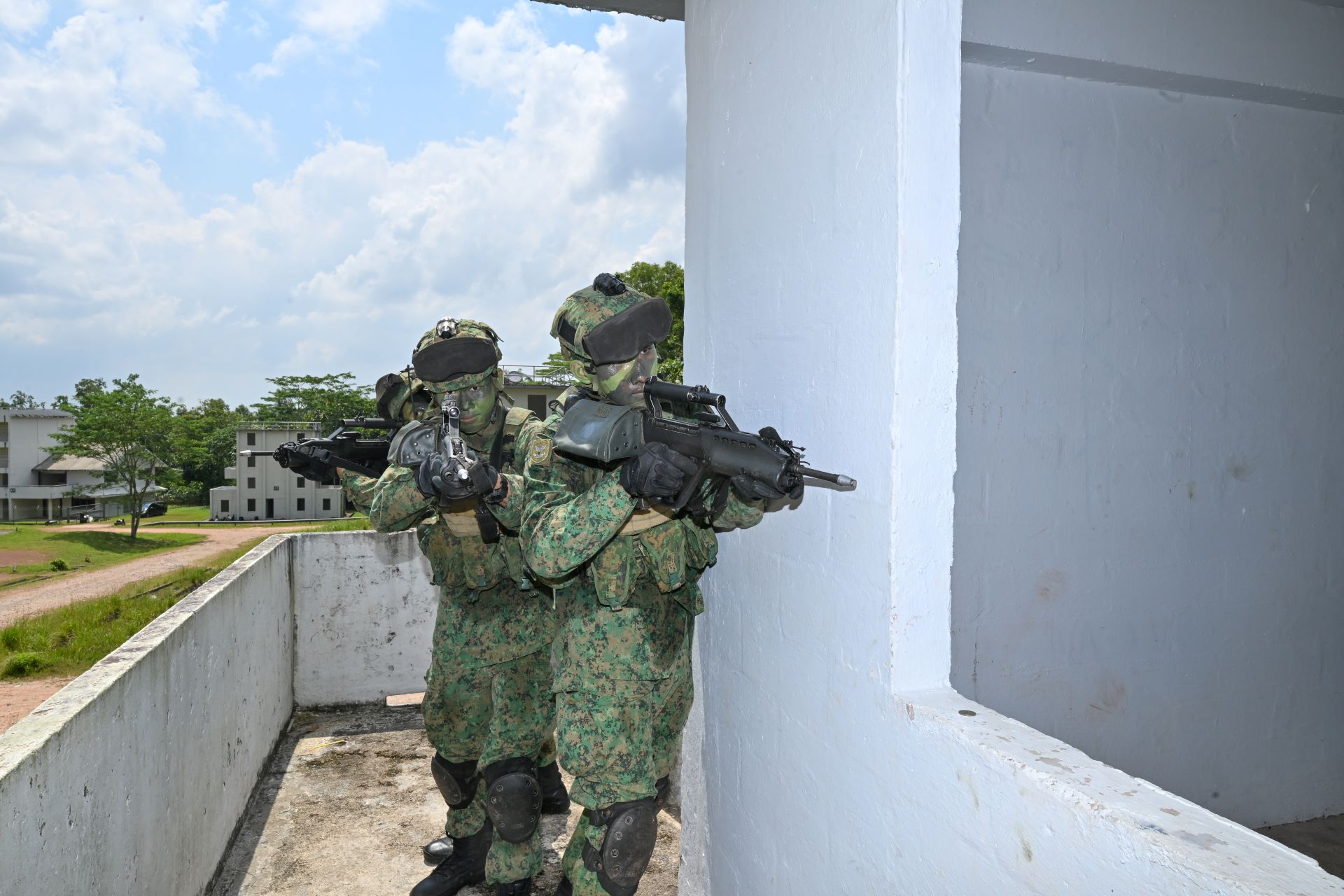
.jpg?sfvrsn=b5383902_1)
.jpg?sfvrsn=4eb1b86e_1)
